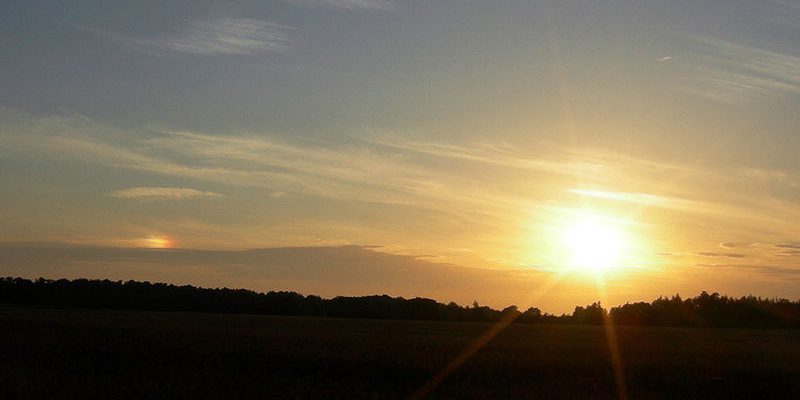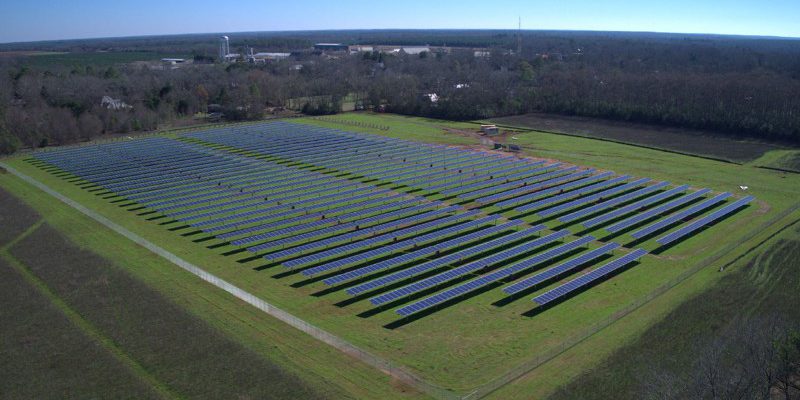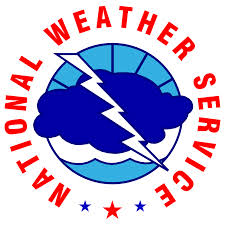-

This Day in History posted a story this week on an article published in the Sacramento Bee back on February 11, 1921, describing a terrible tornado which hit the Gardner Settlement near Toomsboro, east of Macon, Georgia on February 10. The tornado track was described as five miles long and half a mile wide and…
-

On the EarthSky blog today the authors posted a short video of a spacecraft destroying a sundog. You’ve probably seen sundogs or parhelia before–they are optical phenenoma caused by sunlight refracting through ice crystals which show up as spots of light to the left or right of the sun, usually near sunrise or sunset.…
-

The latest QPF shows that the next week should be below average in precipitation across most of the area, with most areas receiving less than half an inch. Most of what rain does fall is likely to be on Tuesday and Wednesday. The week after that looks a little more likely for some rain, although…
Posted in: Climate outlooks -

The latest WunderBlog post updates us on the status of Arctic sea ice. The bad news is that it is at a new record low for this time of year, even though it’s winter in the Arctic now. Temperatures there this winter have been incredibly warm, which has helped lead to the low ice coverage. (See…
-

According to the Atlanta Journal-Constitution, former President Jimmy Carter is doing a new kind of farming these days. He has recently leased a field used in the past to grow soybeans as a solar power facility. The field of solar collectors, which turn to track the sun, will be able to power approximately 215 homes. …
Posted in: Climate and Ag in the news -

On February 9, 1870, Congress and President Ulysses S. Grant passed a law to establish the first national weather service in the United States. You can read more about the history of weather observations in the US at https://www.weather.gov/timeline. They are hard at work 24/7/365 to keep us safe as well as to provide information that…
Posted in: Events -

NOAA’s Climate Prediction Center announced today that La Niña is now officially over. This is just as expected based on the predictions of a weak event from late last year. The sea surface temperature map below shows that while the central Pacific is still colder than normal, the eastern Pacific is now above normal in…